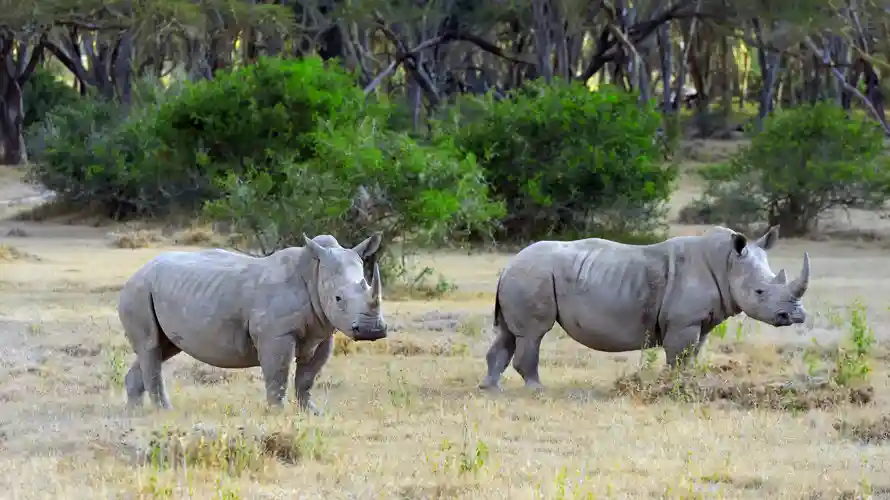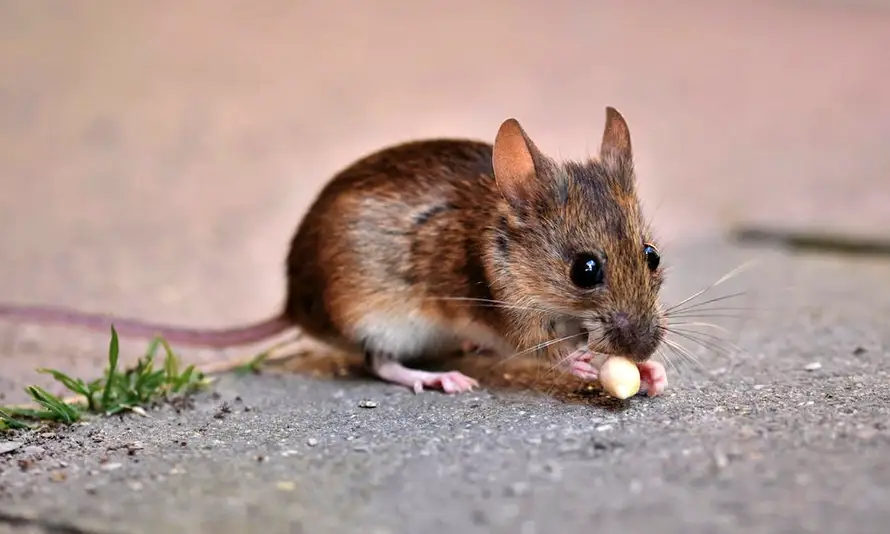Scientists have achieved a major breakthrough in conservation efforts to save the northern white rhinoceros from extinction through successful embryo transfer in a southern white rhinoceros named Curra. While this marks a significant step forward, challenges and setbacks persist, with the recent death of Curra after a 70-day pregnancy due to a bacterial infection. However, researchers remain optimistic about the potential for this technique to save the northern white rhino population.

The northern white rhino population has been decimated by poachers, leaving only two individuals, Najin and Fatu, both residing in Kenya at the Ol Pejeta Conservancy. The endangered species faced a drastic decline from around 500 to 15 in the 1970s and 1980s. The global initiative, BioRescue, aims to use in vitro fertilization (IVF) techniques to revive the population, with 30 preserved northern white rhino embryos stored in Italy and Germany.
Success and Setback
In a press conference in Berlin, BioRescue researchers announced the successful impregnation of Curra in September 2023, proving the viability of embryo transfer in rhinos. However, the pregnancy was not carried to term, as Curra succumbed to a bacterial infection in November. Despite this setback, the researchers view the successful impregnation as a positive sign for future attempts.
Future Plans
Researchers are optimistic about transferring a northern white rhino embryo into a southern white rhino surrogate as early as June 2024. The 16-month gestation period of northern white rhinos poses a time-sensitive challenge, as researchers aim to integrate the newborn with Najin and Fatu to ensure it identifies as a northern white rhino. The ultimate goal is to create a sustainable population, necessitating gene editing for genetic diversity.
Challenges and Solutions
The project faced challenges, including two failed implantations and one ectopic pregnancy, spanning five years of work to progress from embryo to fetus. Despite these difficulties, researchers remain confident about the feasibility of impregnating a southern white rhino with a northern white rhino embryo. The success of this endeavor relies on overcoming logistical challenges and ensuring the surrogate mother’s optimal health.
Global Conservation Effort
The initiative, supported by public and private donors, including the German Federal Ministry of Education and Research, involves collaboration with various institutions and researchers worldwide. The project’s high cost underscores the global commitment to saving the northern white rhino from extinction.
Stem Cell Reprogramming and Gene Pool Expansion
To expand the gene pool, researchers plan to utilize stem cell reprogramming techniques with skin cells extracted from preserved tissue samples stored in zoos. This innovative approach aims to create embryos using lab-engineered sex cells combined with natural sperm and eggs, further diversifying the genetic makeup of the northern white rhino population.
The world’s first successful IVF rhino pregnancy represents a significant step forward in the ambitious endeavor to rescue the northern white rhino from the brink of extinction. While challenges persist, the global collaborative effort, combined with innovative techniques, provides hope for the survival and revitalization of this critically endangered species. The responsibility to save these rhinos is emphasized by the urgency of the situation and the potential for success within reach.
FAQ – Frequently Asked Questions
Image by byrdyak on Freepik
Hi…Just have a look at this also!






